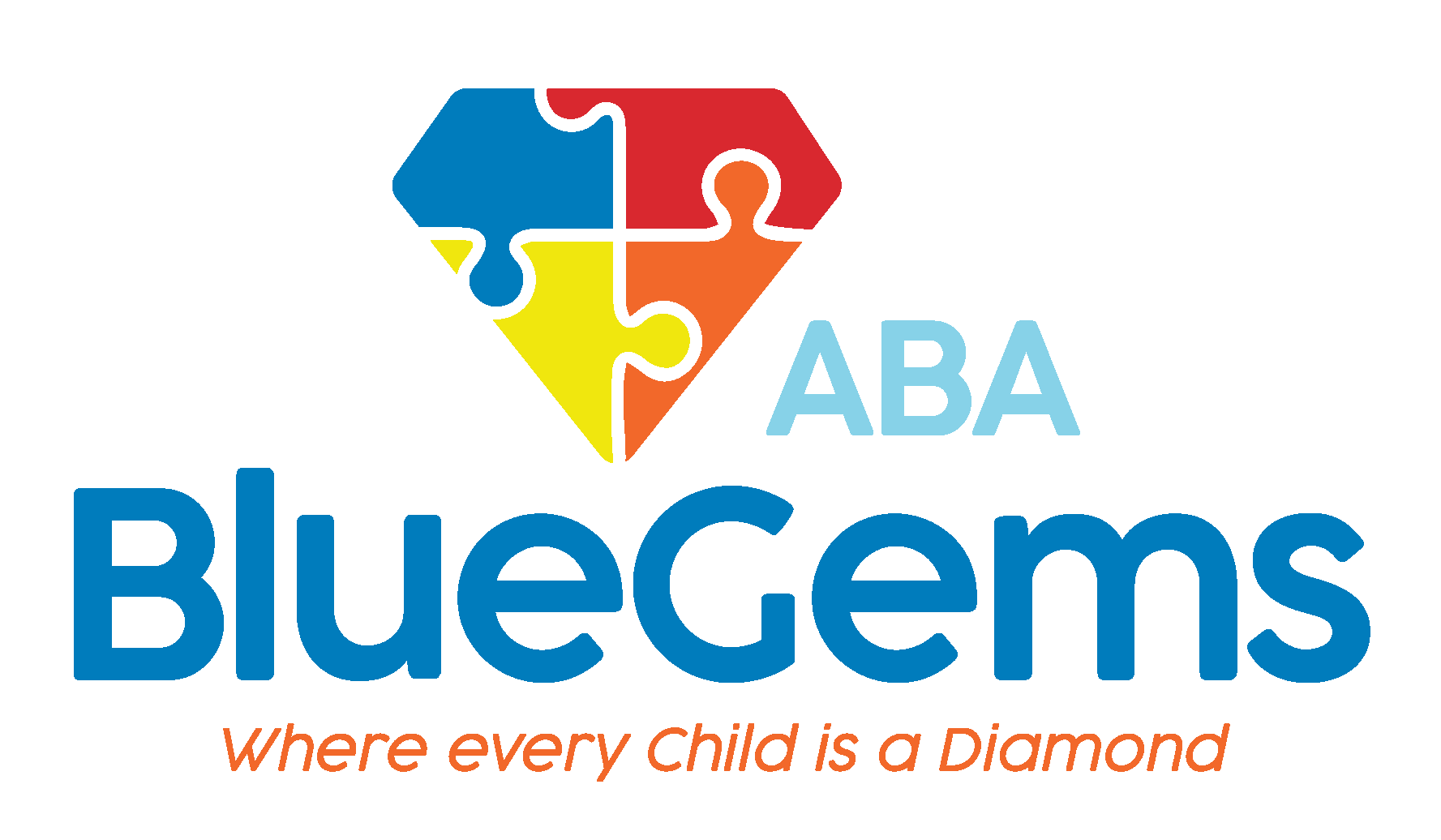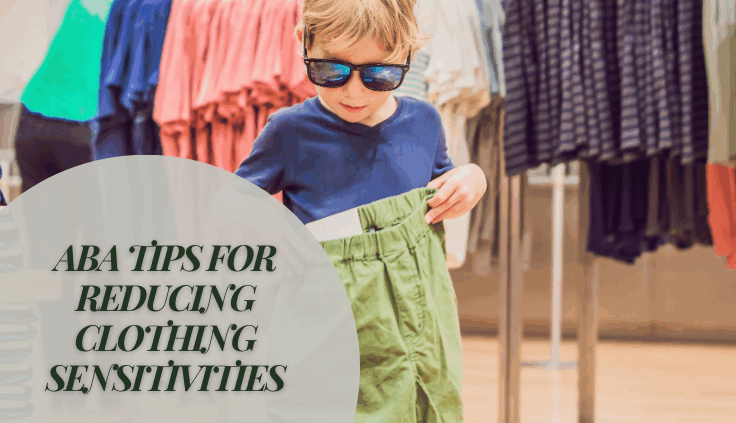ABA Tips for Reducing Clothing Sensitivities
Children with autism spectrum disorder (ASD) often face sensory sensitivities that can disrupt their daily lives. Some children can be hypersensitive to things such as textures, tastes, lights and sounds and want to avoid them, while others can be hyposensitive and be attracted to them.
When a child with autism has a sensory sensitivity, things that are commonplace throughout life — and that might not affect neurotypical individuals — can cause them to feel anxious or stressed, and become easily overwhelmed.
This can result in the child exhibiting negative and even harmful behaviors, such as avoiding certain things or situations, throwing tantrums and withdrawing.
Some children who are hypersensitive to certain textures and materials may face challenges with wearing certain clothes. Sensitivities for certain fabrics could cause them much distress, sensory overload and discomfort and result in them having a meltdown and refusing to get dressed.
In this article, we’ll discuss how applied behavior analysis (ABA therapy) can help to reduce clothing sensitivities.
Table Of Contents

Identify the Triggers to Clothing Sensitivities
Every child with ASD is unique. Even two children who have clothing sensitivities may face challenges with different types of clothing and for different reasons, for instance.
That’s why the first step to reducing clothing sensitivities is to identify the triggers for your particular child. This means being able to identify what some of the signs are that your child is feeling uncomfortable, stressed or anxious as a result of the clothing they are wearing.
Since children on the autism spectrum also often face challenges with communication, they may not be able to verbalize how they’re feeling. So, being able to identify non-verbal cues that your child is making is essential at accurately identifying some of these triggers.
In addition, it’s important to know which types of fabric commonly cause clothing sensitivities. This includes polyester, which is often not breathable; wool, which can be itchy; nylon, which might feel abrasive; and lace, which can irritate their skin.
Most of the time, children with clothing sensitivities prefer fabrics that are breathable and soft such as those made from cotton.
Buy Sensory-Friendly Clothing
Once you’re able to identify the triggers for your child’s clothing sensitivities, the next tip might seem fairly obvious. Buy only clothing that doesn’t cause your child issues.
As mentioned above, cotton is often a common sensory-friendly clothing material. Other fabrics could work, too, but make sure they aren’t restrictive, are loose and are soft and comfortable.
Tight and restrictive clothing can apply too much or the wrong type of tactile stimulation, causing the child to feel distressed or anxious. Breathable fabrics that are looser fitting also promotes easier movements, which can reduce sensory overload.
In addition to the type of fabric, you should look for clothing that doesn’t have tags or stiff seams, which can irritate their skin. If the clothing has these tags or seams, you could try to remove them to improve the comfort level.
Involve Your Child in Choosing Their Clothes
Another great way to reduce clothing sensitivity is to involve your child in choosing their own clothes. Of course, you can guide this process so your child only picks from sensory-friendly clothing as described in the previous section.
Involving them in the decision-making process creates an inclusive environment for the child in which they feel involved and that their opinion matters. They can choose the shirt and pants they want to wear that day, for instance, which gives them a say in color preferences or clothing style.
And since all of the choices they’ll have will be sensory-friendly, they are less likely to face clothing sensitivities.
Blue Gems ABA Helps Children Manage Sensory Sensitivities
Sensory sensitivities can be major disruptors to a child’s life, causing much distress, anxiety and sensory overload. That’s why it’s important to be able to identify the triggers to these sensitivities so you can best support your child.
At Blue Gems ABA, we help children with ASD manage whatever sensory sensitivities they have. We do this through evidence-based intervention strategies as well as equipping parents and caregivers with the knowledge and tools they need to support the child at home.
To learn more, please contact us today.




